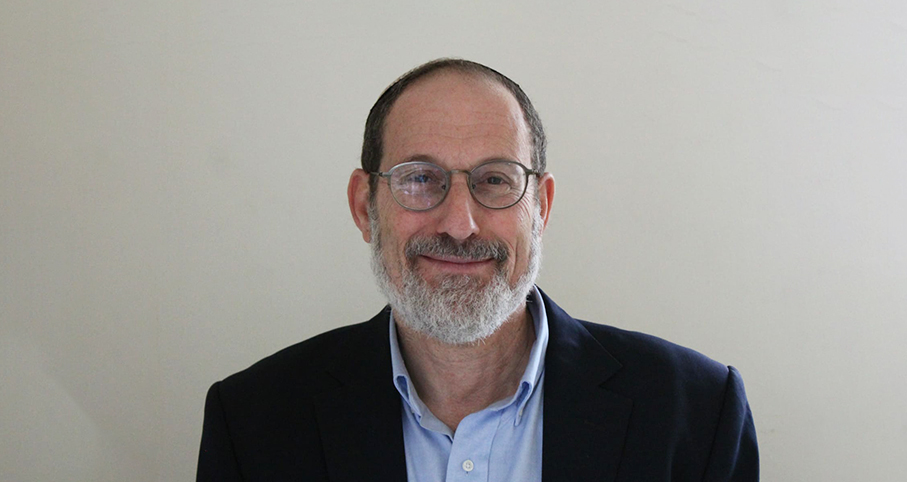Ask the Rabbi
- Halacha
- Miscellaneous
- Idol Worship and Other Religions
Question
Shalom Rabbis, I am a goy devoted to the observance of the Noahide Law, as commanded by HaShem in the Torah. My main sources of study of the Noahide Law are, in addition of course to the Tanakh, the Oral Torah (first of all the Gemara -Sahnedrin 56-59), the Mishneh Torah of Rambam (first of all chapters 8,9 and 10 of Hilchot Melachim), the writings of Rav Elia Benamozegh, to whom I am particularly attached because it is thanks to him that I discovered the existence of the Seven Laws of Noah; the work "the Divine Code", English translation of the original Hebrew "Sefer Sheva Mitzvot HaShem", written by Rav Moshe Weiner, and also the Italian edition of "Brit Shalom", written by Rav Oury Cherki. I fully recognize the role of the children of Israel as "Light of the Nations", as written in Isaiah 49: 6, and therefore I rely on the tradition of Rabbanim, both halachic and aggadic. This is my question.
I disturb you for the following matters.
Point one
According to Rambam (Mishneh Torah-Avodah Zarah 3:10) the Torah (Exodus 20:23) forbids the Jews to make three-dimensional images of the human being also for decorative purposes, so that such statues are not seen as deities by those who err. I have read, however, that the Tur ((Yoreh Deah 141) states that this prohibition concerns to make only a complete human statue, but a bust of a head alone or a statue which is lacking any one of the bodys limbs is not forbidden. In Shulchan Arukh (Yoreh Deah 141.7) Rav Karo says: "There are those who say that the form of a human or a Darkon was not forbidden unless it was a complete form with all of its limbs, but the shape of a head or a body without a head is not forbidden either (to keep -- DT) when one finds it, nor to make"; Rama, in his glosses, agrees with the statement expressed by Rav Yaacov ben Asher in Tur. I therefore wonder what is the prevailing halakhah on the matter: the one expressed by Rambam, which places no limits on the prohibition, or the one expressed by the Ashkenazi tradition that belongs to Rav Yaacov ben Asher and Rav Moshe Isserles ?(the latter not excluded by Rav Karo).
Point two
Rambam, in Hilchot Melachim 9: 2 of Mishneh Torah, would seem to establish that the ban on making human statues even for decorative purposes extends to Gentiles, although no punishment can be applied in that case, as it is not the death penalty is foreseen for Jews in connection with this transgression.
Specifically, Rambam states:
"We do not allow them (Gentiles) to set up a monument nor plant an (idolatrous) Ashera tree nor make (human) forms, and so on, even for decorative purposes."
However, I have not understood the exact halachic source on which Rambam relies to believe that also Gentiles are forbidden to make human statues for decorative purposes.
In fact, reading the Gemara in Sanhedrin 56-60, I could not find a halachic source that explicitly forbids Gentiles from making human statues for decorative purposes; in fact, it seems to me that the discussion is about the illegality or otherwise, for the Gentiles, of idolatrous worship that does not lead to a death sentence for a Jew. Could you help me understand the halachic foundation of this Rambam statement?
Best Wishes
Riccardo
Italian son of Noah
Answer
Thank you for your questions, which are good ones.
The commentators have discussed what the Rambam's source is and what is his reasoning, in forbidding human statues even for decorative purposes. Some actually disagree with the Rambam (see Minchat Chinuch: Mitzvah 86. He claims that Tosefot disagrees) . Some hold that even according to the Rambam, a non-Jew is forbidden to make these statues only if it is used for idol worship. According to this view of the Rambam, it would, in fact, be allowed for decorative purposes, as long as it is not used as 'avodah zorah' (Chatam Sofer Yoreh Deah 128).
I will send you a link whereby a few sources are brought down by Harav Achia Lifshitz. Although this is in Hebrew, you seem very scholarly, so I'm assuming that you can understand this.
https://www.yeshiva.org.il/ask/94542
All the best!

10 Tribes
Rabbi Elchanan Lewis | 7 Tevet 5765

Someone bearing the stigmata of Yeshua
Rabbi Ari Shvat | Tevet 15, 5782

Kosher yoga
Rabbi David Sperling | Av 12, 5776




